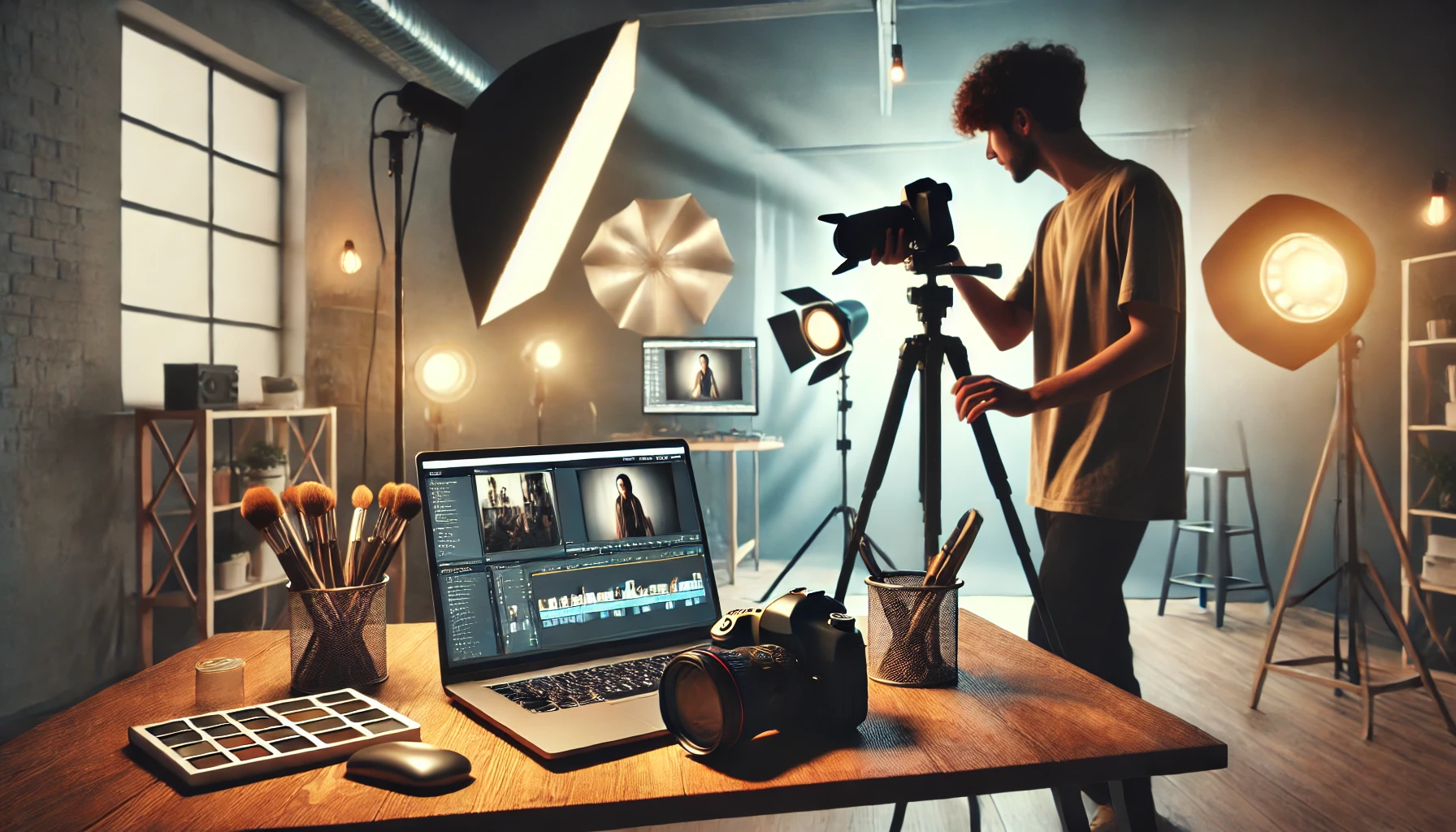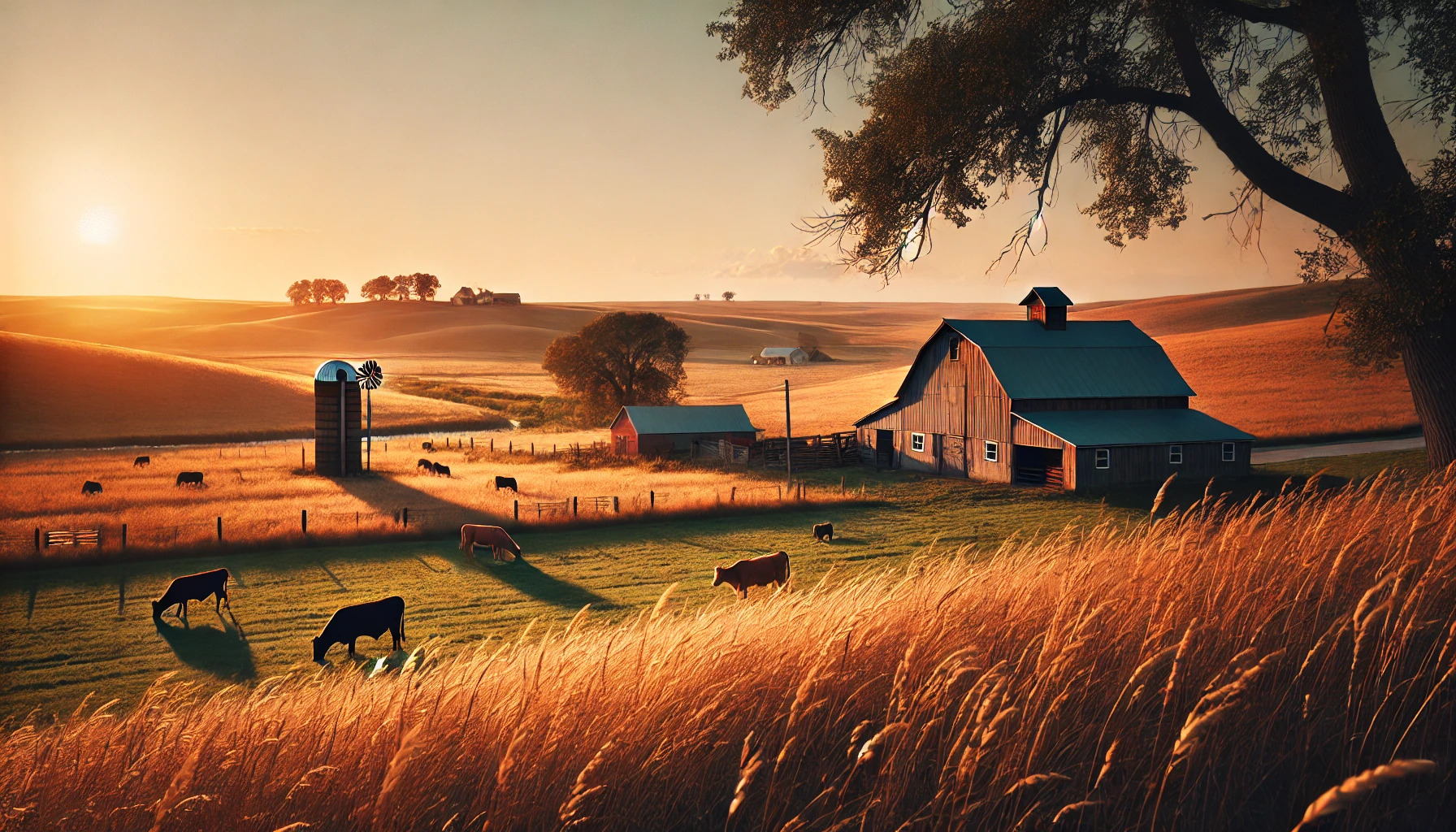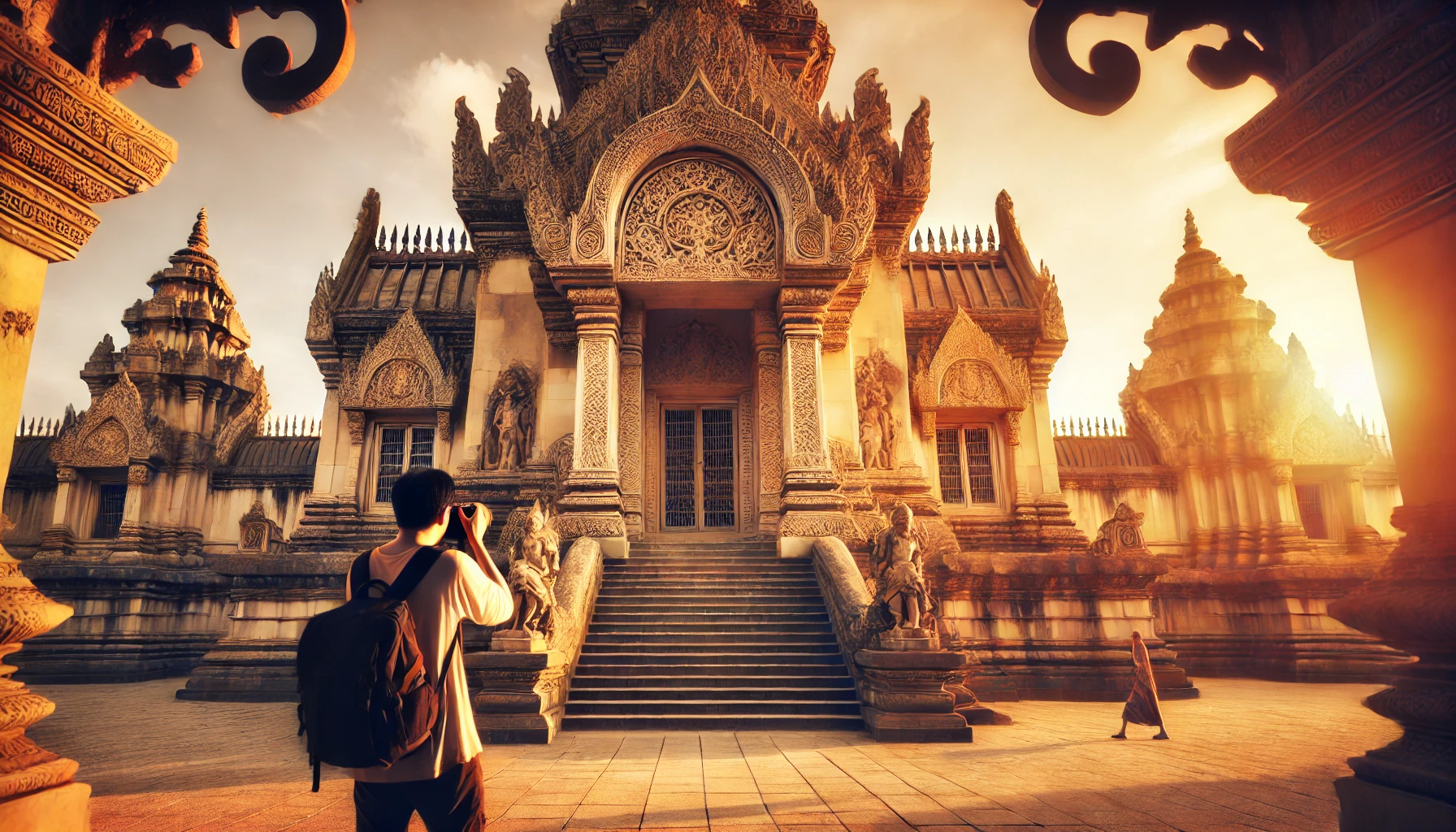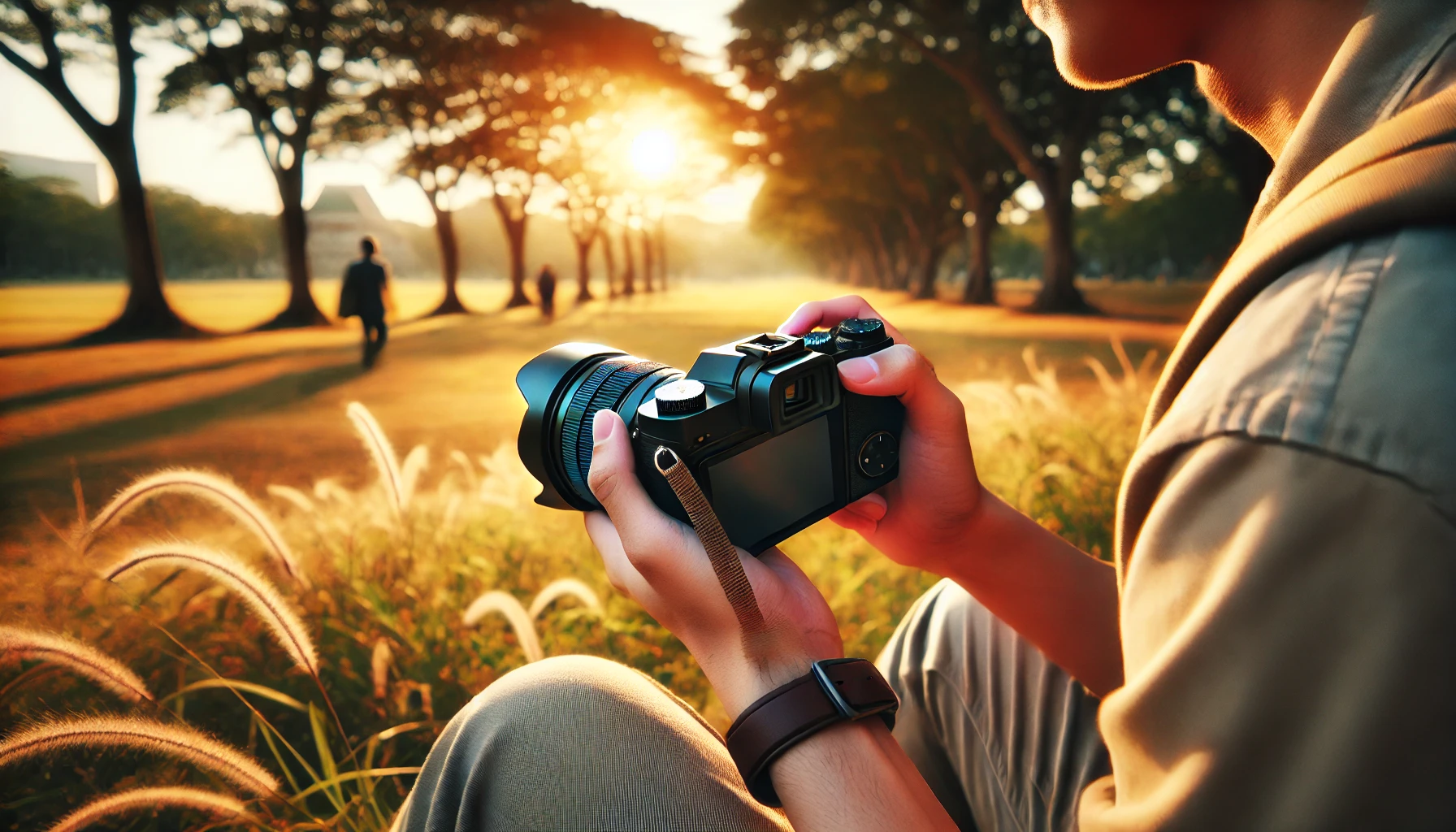Becoming a photographer is an exciting and rewarding career choice for those who have a passion for capturing moments and telling stories through images. Whether you dream of working as a freelancer, in a photography studio, or specializing in a specific area like weddings or events, this article will guide you through the essential steps to get started in the profession.
1. Introduction: Understanding the Photography Profession
Photography is not just about having a camera; it’s about understanding light, composition, and storytelling. As a photographer, you’ll be responsible for capturing moments that speak to emotions, tell stories, or showcase beauty in different ways. From weddings to commercial advertisements, your work will shape the way people perceive the world around them.
If you’re starting from scratch, this article will provide you with a roadmap on how to navigate the world of photography, build your skills, and establish yourself as a professional in the field.
2. Choosing the Right Equipment: The Foundation of Your Craft
Before you start taking pictures, it’s essential to invest in the right equipment. While many new photographers think they need the most expensive gear, it’s more important to understand the basics of the equipment that suits your style and niche.
Camera Bodies: What You Need to Know
When selecting your first camera, consider factors like sensor size (full-frame vs. crop sensor), resolution (megapixels), and brand. Popular brands like Canon, Nikon, and Sony offer a range of cameras for beginners to professionals. For those starting, a mid-range DSLR or mirrorless camera is usually sufficient. As you progress, you may choose to invest in higher-end cameras that offer more control and advanced features.
Lenses: The Key to Great Photos
Lenses are just as important as the camera body itself. They define your photographic style and give you creative freedom. A good starting point is a versatile 18-55mm lens that comes with most entry-level cameras. As you grow as a photographer, you’ll start experimenting with prime lenses (like a 50mm f/1.8 for portraits) or zoom lenses that offer flexibility for different situations.
Other Essential Gear
Besides your camera and lenses, you’ll also need a few other accessories:
- Tripod: To stabilize your camera during long exposures or low light situations.
- Memory Cards: Always have multiple high-speed cards to avoid running out of space during shoots.
- Lighting Equipment: Depending on your specialty, consider softboxes, reflectors, and flashes for controlled lighting.
3. Mastering Photography Techniques: Beyond the Camera
Once you have the equipment, it’s time to learn how to use it effectively. Photography is an art form that requires practice, patience, and an understanding of key technical aspects.
Understanding Exposure: Aperture, Shutter Speed, and ISO
To create a perfect image, mastering exposure is crucial. The three elements that control exposure are:
- Aperture (f-stop): Controls the amount of light entering the camera. A wide aperture (f/1.8) creates a shallow depth of field (blurry background), while a small aperture (f/16) gives more focus across the frame.
- Shutter Speed: Determines how long the camera’s sensor is exposed to light. A faster shutter speed (1/1000) freezes motion, while a slower shutter speed (1/30) creates motion blur.
- ISO: Affects the camera’s sensitivity to light. Use a low ISO (100-400) in bright conditions and a higher ISO (800-3200) in low light.
Learning to balance these three settings will allow you to capture stunning, well-exposed photos in various environments.
Composition: Framing Your Shot
Good composition makes a huge difference in your photographs. A few key principles include:
- Rule of Thirds: Imagine a 3×3 grid over your image. Place the subject along these lines or at the intersection points for a balanced composition.
- Leading Lines: Use natural lines, such as roads, rivers, or fences, to guide the viewer’s eye to the subject.
- Framing: Use elements in the scene (doors, windows, trees) to frame your subject and create a sense of depth.
Lighting: The Photographer’s Best Friend
Understanding light is one of the most important skills you’ll develop as a photographer. Natural light can create soft, flattering results, while artificial lighting allows for more control and creativity. Learn how to use the light around you, whether it’s the golden hour sunlight or studio strobes, to enhance your images.
4. Photo Editing: Enhancing Your Images
While taking great photos in-camera is essential, editing can elevate your work to the next level. Professional photographers use editing software like Adobe Lightroom or Photoshop to fine-tune their images.
Basic Editing Skills
- Exposure Correction: Adjust brightness and contrast to make your image pop.
- White Balance: Correct color temperature to ensure your images look natural.
- Cropping: Remove distractions and improve composition.
- Retouching: Remove blemishes or unwanted objects in portraits and product photography.
Mastering photo editing will help you refine your work and develop your own visual style.
5. Building a Portfolio: Showcasing Your Work
As a photographer, your portfolio is your most powerful marketing tool. It’s essential to showcase your best work and demonstrate your range of skills. Here are some tips to create an impressive portfolio:
- Choose Your Best Work: Quality over quantity is key. Select your strongest images that represent your style and expertise.
- Specialize: While having a diverse portfolio is useful, it’s also important to specialize. Whether it’s weddings, portraits, or commercial photography, showing a clear niche can attract more clients.
- Create a Website: Set up a professional website or use portfolio platforms like Behance or 500px to display your work. Include an about section, contact information, and a portfolio gallery.
6. Finding Clients and Starting Your Career
The next step is to start working with clients. Whether you’re aiming to become a freelancer or land a job in a photography studio, networking and marketing yourself is crucial.
Freelancing vs. Studio Work
- Freelancing: As a freelancer, you’ll be responsible for finding your own clients. This means building your brand through social media, word of mouth, and networking events. You can set your own rates, but you’ll also have to handle your own business management.
- Studio Work: Working in a studio offers more stability but typically comes with set hours and less creative freedom. It’s a great way to learn from experienced photographers and build your skill set.
Networking and Marketing
To attract clients, you need to network and market yourself:
- Social Media: Platforms like Instagram and Facebook are perfect for photographers to showcase their work and attract potential clients.
- Collaborations: Work with influencers or other local businesses to gain exposure.
- Word of Mouth: Deliver exceptional service to your clients so they’ll recommend you to others.
7. Overcoming Challenges and Growing as a Photographer
Photography is not always easy. You’ll face challenges such as client expectations, creative blocks, and technical difficulties. To overcome these:
- Keep Practicing: The more you shoot, the better you’ll become.
- Seek Feedback: Don’t be afraid to ask for constructive criticism from other photographers or mentors.
- Stay Inspired: Attend workshops, follow other photographers, and keep learning to stay inspired.
8. Conclusion: Start Your Journey as a Photographer
Becoming a photographer requires dedication, practice, and passion. By investing in the right equipment, mastering your skills, and building a solid portfolio, you’ll be well on your way to turning your passion into a successful career. Remember, the road to becoming a professional photographer isn’t always easy, but with persistence and creativity, you can achieve your goals.








